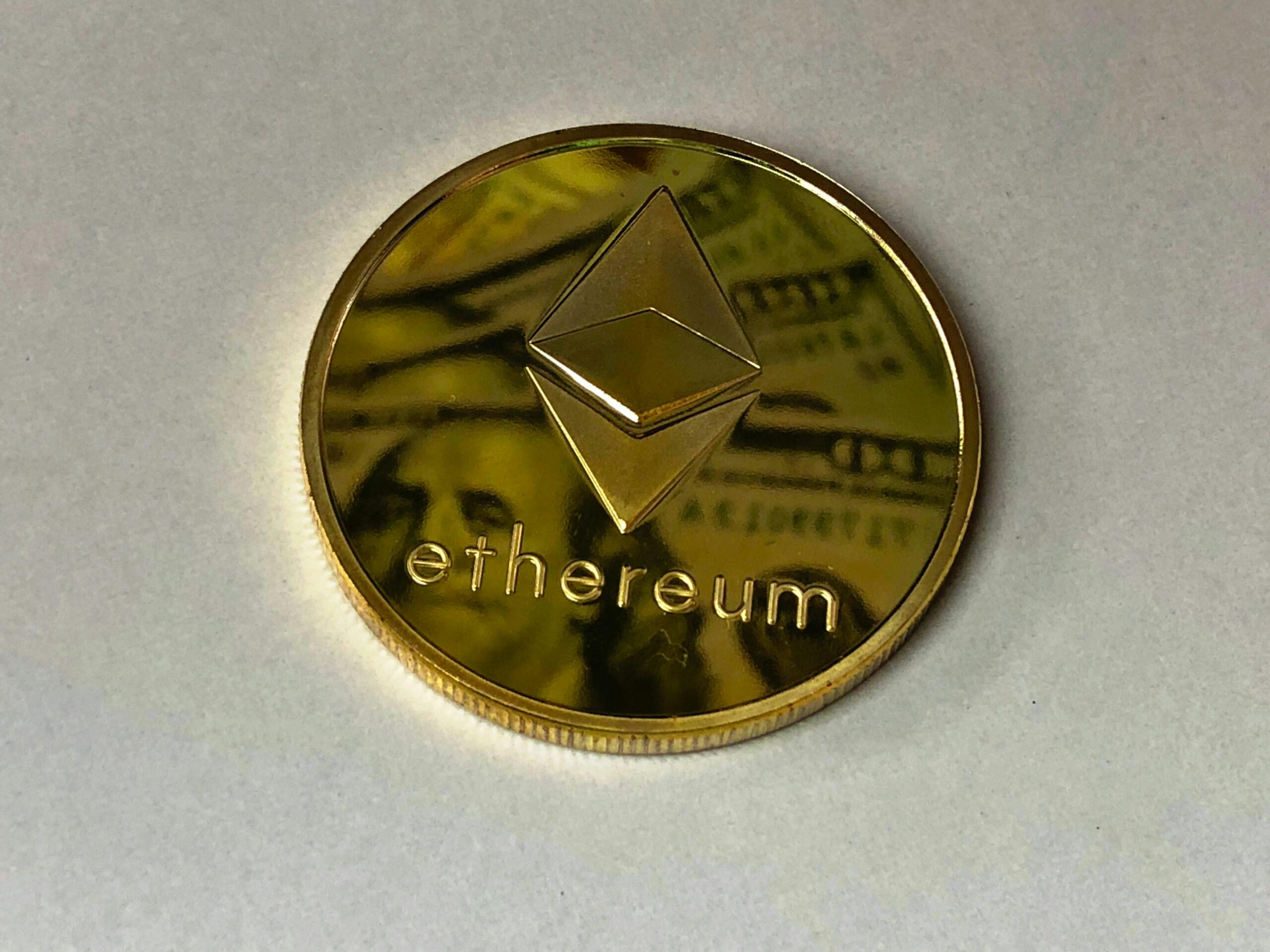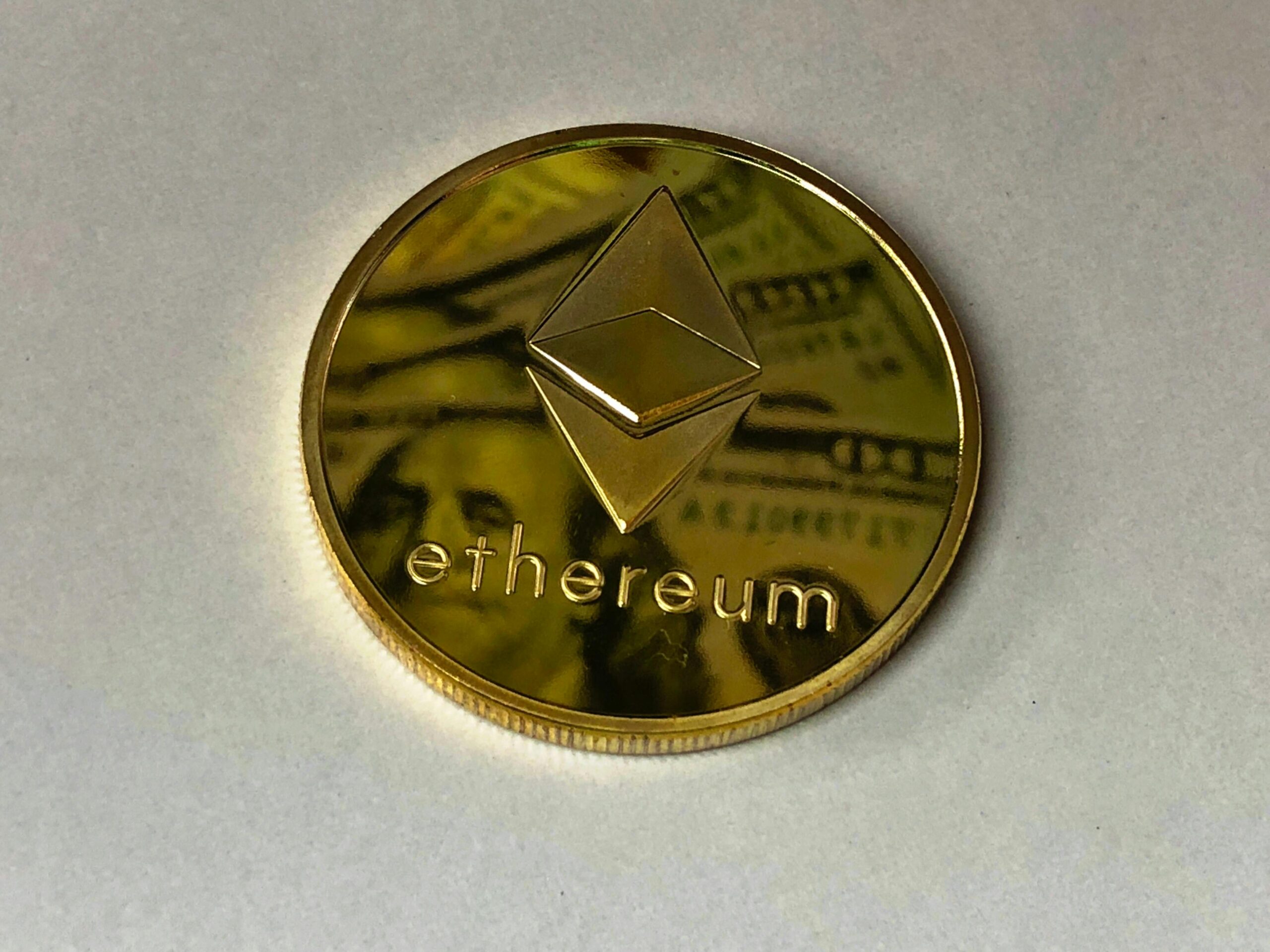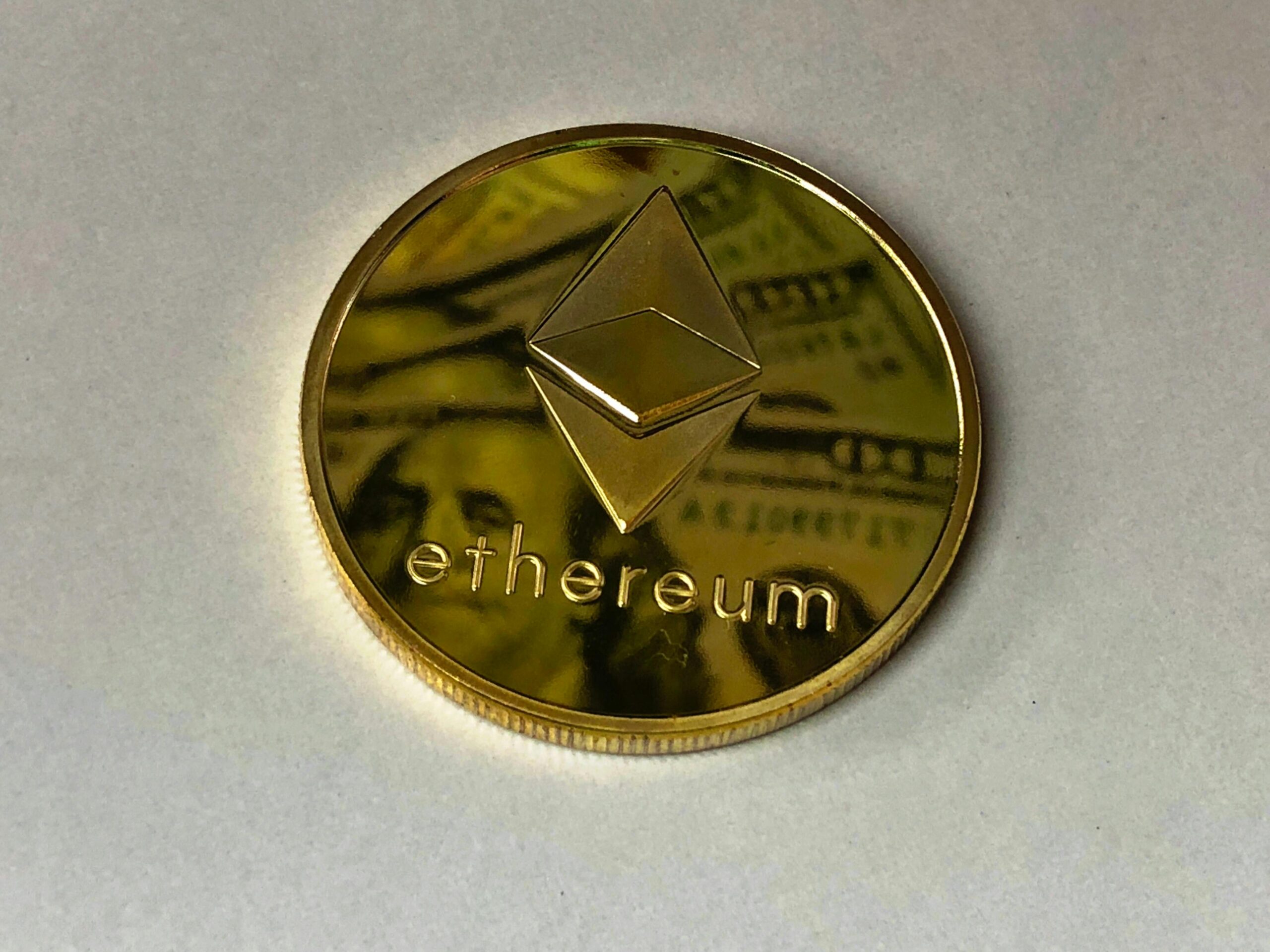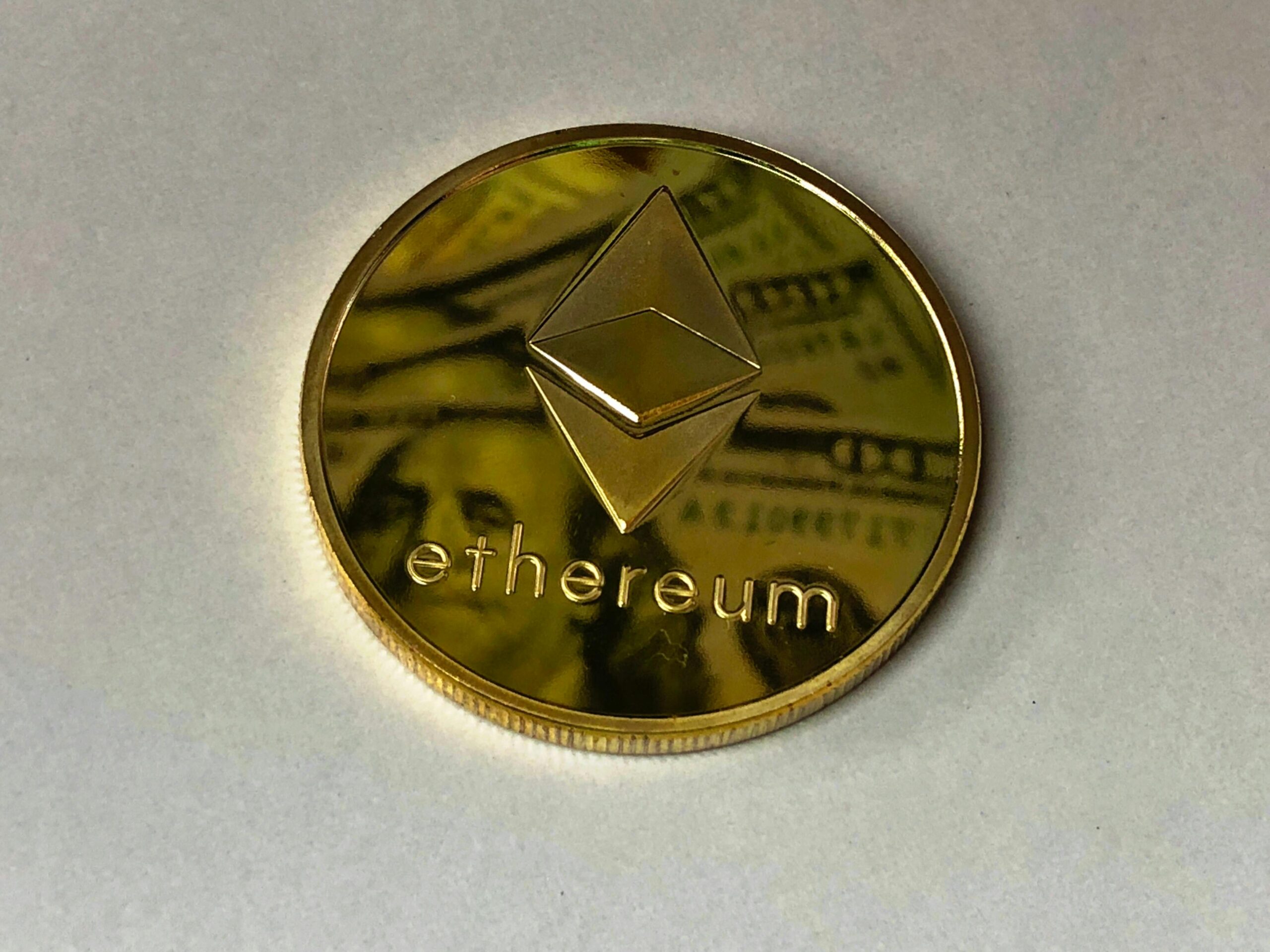
Decentralized applications, or dApps – the buzzword that’s been making waves in the blockchain and crypto space lately! As your teacher, I’m excited to dive into the world of dApps with you, exploring what they are, how they work, and why they’re such a big deal.
So, let’s start with the basics. You might already know that traditional applications, like Facebook or Instagram, are centralized – meaning they’re controlled by a single entity (the company behind them). This entity stores your data, dictates the rules of engagement, and can even censor or shut down your account if they choose to. Not exactly the most liberating experience, right?
Decentralized applications flip this script entirely. Built on blockchain technology, dApps operate on a decentralized network, where no single entity has control. Instead, the application is run by its users collectively, with decisions made through a consensus mechanism (think voting systems). This setup ensures that data is stored across multiple nodes (computers) rather than in one central location.
Here’s an analogy to help illustrate this concept: imagine a library where all books are stored on a single shelf. If someone were to take down that shelf, the entire collection would be lost. Now picture a decentralized library where each book is copied and stored on multiple shelves scattered throughout the city. Even if one shelf goes missing, the information remains accessible through the other copies.
This fundamental shift from centralization to decentralization empowers users in several ways:
- Data ownership: Since dApps store data across a network rather than in one spot, you retain control over your own info. No single entity can lock you out or exploit it for profit.
- Censorship resistance: With no central authority, decentralized apps are more resilient against censorship. It’s harder for any one party to manipulate or shut down the entire system.
Now that we’ve covered what makes dApps tick, let’s talk about how they’re built and deployed.
Most dApps rely on smart contracts – self-executing code stored on a blockchain. These contracts serve as the foundation for the application’s logic and rules of engagement. Think of them like digital “if-then” statements that automatically carry out specific actions when certain conditions are met (e.g., transferring cryptocurrency between users).
Developers typically create dApps using programming languages such as Solidity or Chaincode, which interact with the blockchain to read/write data, trigger smart contracts, and execute transactions. To deploy a dApp, they’ll often use platforms like Ethereum’s Virtual Machine (EVM) or Polkadot, which provide an environment for running decentralized applications.
Some notable examples of dApps include:
- CryptoKitties: A virtual collectible game where users can buy, sell, and breed unique digital cats. The entire experience is stored on the blockchain, ensuring that each cat’s ownership history and attributes are tamper-proof.
- Augur: A decentralized prediction market where users can bet on real-world events (e.g., sports games or elections). Since it’s built on Ethereum, Augur leverages smart contracts to ensure transparent and fair outcomes.
While dApps hold tremendous promise for the future of software development, we’re still in the early stages. Currently, most decentralized applications are relatively simple compared to their traditional counterparts. However, as technology advances and developers continue pushing boundaries, we can expect more complex dApps that tackle real-world problems – think decentralized social media platforms or peer-to-peer marketplaces.
One area where dApps shine is interoperability – their ability to seamlessly communicate with other blockchain-based systems. Imagine a world where different applications can share data and functionality without needing intermediaries like API gatekeepers. This kind of frictionless interaction has the potential to revolutionize how we build software and, more broadly, how entire ecosystems function.
So, what does this all mean for you – someone looking to get involved in the world of dApps? Well, I’d say there’s never been a better time! As this space continues growing, opportunities abound for developers, entrepreneurs, and even users who want to contribute to these decentralized applications. Whether it’s creating your own project from scratch or participating in existing ones, you’ll be at the forefront of innovation.
As we wrap up our exploration of dApps, keep in mind that this is just the beginning. Decentralized technology will continue evolving – expect new platforms, tools, and applications to emerge as more minds tackle this space.
For now, I encourage you to explore existing dApps and experiment with some of the available toolsets. Join online communities (like Reddit forums or Discord channels) where enthusiasts discuss all things decentralized. You might be surprised at how quickly you can get started building your own projects – who knows what groundbreaking application will emerge from this collective brainstorm!
This concludes our in-depth look into the world of dApps, but I’m sure we’ll continue exploring these exciting developments together as time goes on!














